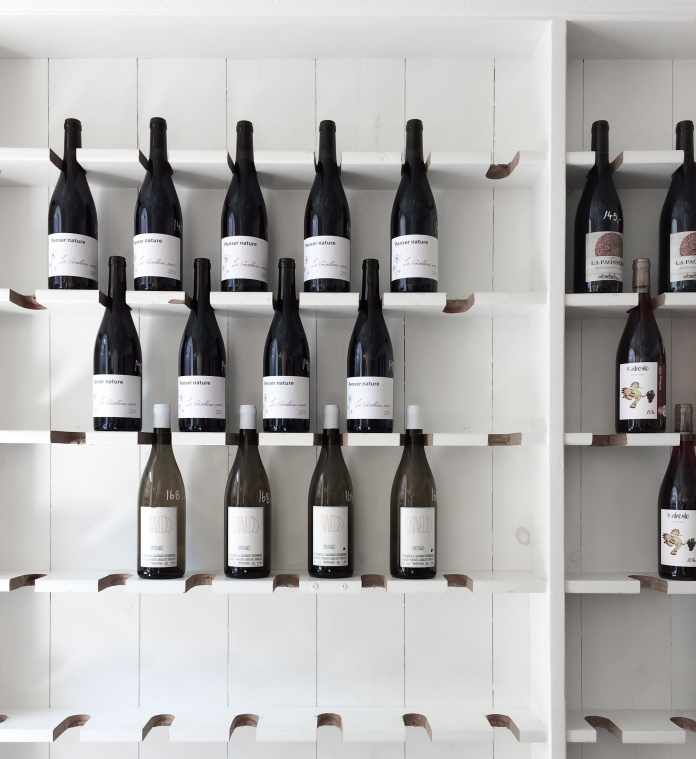The best thing about pairing food and wine is that you don’t have to be a master sommelier to get it right.
By following the three most important rules of matching food and wine, and by doing a little fine-tuning, you’ll be able to select the perfect bottle to compliment whatever dish you’re eating.
Table of Contents
1. Consider the Balance
Look for a balance between the food and wine. The richness and body of the wine should hold the same weight as the food you’re pairing it with.
By creating this balance, neither the food nor the wine will outweigh or drown out the other. Considering the weight of the dish when complimenting it with wine means that the pairing is more likely to be successful – and it’s the secret to many classic food and wine pairings.
Hearty, heavy dishes need a full-bodied wine to stand up to their flavor profiles – Cabernet Sauvignon compliments lamb dishes because of its distinct, meaty flavor.
However, the same would not work with a crisp white wine because the lamb would completely overwhelm it. Dune Wines Blanc works wonders with a delicate piece of lemon-poached fish because the dish and the wine both have subtle citrus flavors.
How you determine the weight of a dish is by the amount of fat it contains, the way it is prepared, and what sauce it is served with.
You can determine the weight of a wine from its color, alcohol level, and grape variety. Wines with more than 14 percent alcohol are more full-bodied, while wines with less than 12 percent alcohol tend to be lighter.
2. Pair the Wine with the Most Prominent Element
To fine-tune your wine pairing, identifying the predominant element in a dish is vital. Usually, the most prominent flavors come from the sauce, preparation method, and seasonings, not the main ingredient.
For instance, consider the characteristics of two chicken dishes: Chicken Marsala versus a poached chicken breast in lemon sauce.
The Chicken Marsala’s surface is dark and pan-seared, served with a heady sauce made from mushrooms and deep red wine. The chicken breast, on the other hand, is poached in a zesty tarragon cream sauce.
The former has notes of caramel from the browning process and the sauce is earthy and rich – which would be complemented by a supple red wine. The latter has subtle citrus flavors from the delicate poaching process, which would lean toward a crisp white wine.
3. Eat and Drink What You Enjoy
You should always choose a wine that you enjoy drinking by itself – that way, even if the pairing isn’t perfect, you’ll still be drinking a wine you like. Even a perfect pairing of food and wine won’t improve the wine you’re drinking if you don’t like the type of wine.
With food, the same goes – if you don’t like eating something, no wine pairing in the world will improve its taste for you.
Mastering Wine Pairing
Once you’ve mastered the three most important rules above, you can start to think about the more complex aspects pairing wine like a pro..
Understanding how wine gets its structure from the grapes used is useful because you’ll better understand the balance of fruit flavors, sugar, acid, and tannins.



















